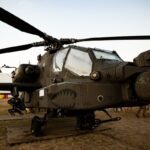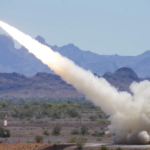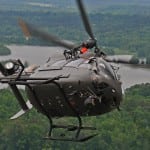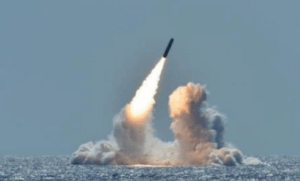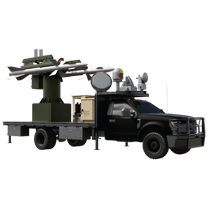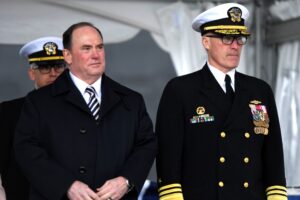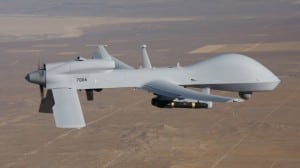
The Army’s wants a Predator-size unmanned aerial system that can take off and land like a helicopter, untethering its drone operations from runways and airfields, aviation officials said Jan. 14.Even as the service fields an improved version of the MQ-1C Gray Eagle for reconnaissance and combat missions, aviation officials envision a forward-deployed UAS with similar payload capacity and range that has vertical takeoff and landing (VTOL) capabilities.“I don’t want to be on runways anymore, so it needs to be runway…not…

 By
By 